
Call Now & Start Saving on Golf Today! 800-321-8269
December 2012

WHICH COURSES DO YOU WANT TO PLAY?
Golf Card is committed to adding new, quality courses to its nationwide network. If there is a course you would like to see accept The Golf Card, please let us know by E-mailing office@golfcard.com. We will do our best to contact these courses and enroll them. Or have the course call us at 1-800-321-8269.
Give Golf Card for the Holidays; Receive 3 Free Months
A Golf Card membership is the perfect under-$50 holiday gift for a friend or family member. That's right, for just $49 you can purchase a Golf Card membership as a gift (for new members only) and also receive three free additional months on your membership. Talk about a win-win proposition - the recipient of your gift will get to play more golf for less and so will you!
For more information or to order, call Golf Card Member Services at 1-800-321-8269. All gifts will be received 3-5 days from date of order.
TRAVEL SPOTLIGHT - Florida
Over the years, we have written about many of our Golf Card courses in Florida - especially at this time of year when many are heading south for the winter or just planning visits. We have mainly focused on the popular three and four-star courses in the network - the ones that have been recognized by other golf media and are generally well-known.
But that doesn't mean the other Golf Card courses in Florida are not worth playing. To the contrary - many are excellent courses, hidden gems, if you will, that simply fall under the radar. This issue we're going to let you know about some of these courses - as well as some courses that have recently joined the Golf Card network.
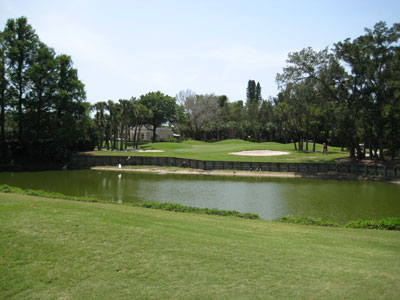
In Englewood (just outside of Sarasota), Boca Royale Golf and Country Club (941-474-7475; bocaroyale.com) was designed by Steven Smyers and Carter Morrish. Formerly private club and now open to the public, the recently renovated facility offers 18 holes with new Champion Ultradwarf greens. Very few homes can be seen from the fairways - instead golfers see towering oaks, cypress, palms, exotic Melaleuca trees and lush green fairways along with native birds and wildlife. Boca Royale incorporates close to 150 acres of lakes as well as tropical nature preserves. It is a beautiful landscape of woodlands, sand and water. Golf Card fee: 25% off.

NEW Cypress Lakes Golf Club (850-937-3820; cypresslakesgolfclub.net) in Cantonment is a very scenic Pensacola golf course that is cut through pine, oak, and magnolia trees. Dozens of bald and leyland cypress trees combined with more than 300 crepe myrtles and 500 Azaleas throughout the course make it absolutely breathtaking during the spring. Cypress Lakes is an uncharacteristic Florida course, with its hilly terrain with lots of elevation changes. Golf Card fee: 25% off.
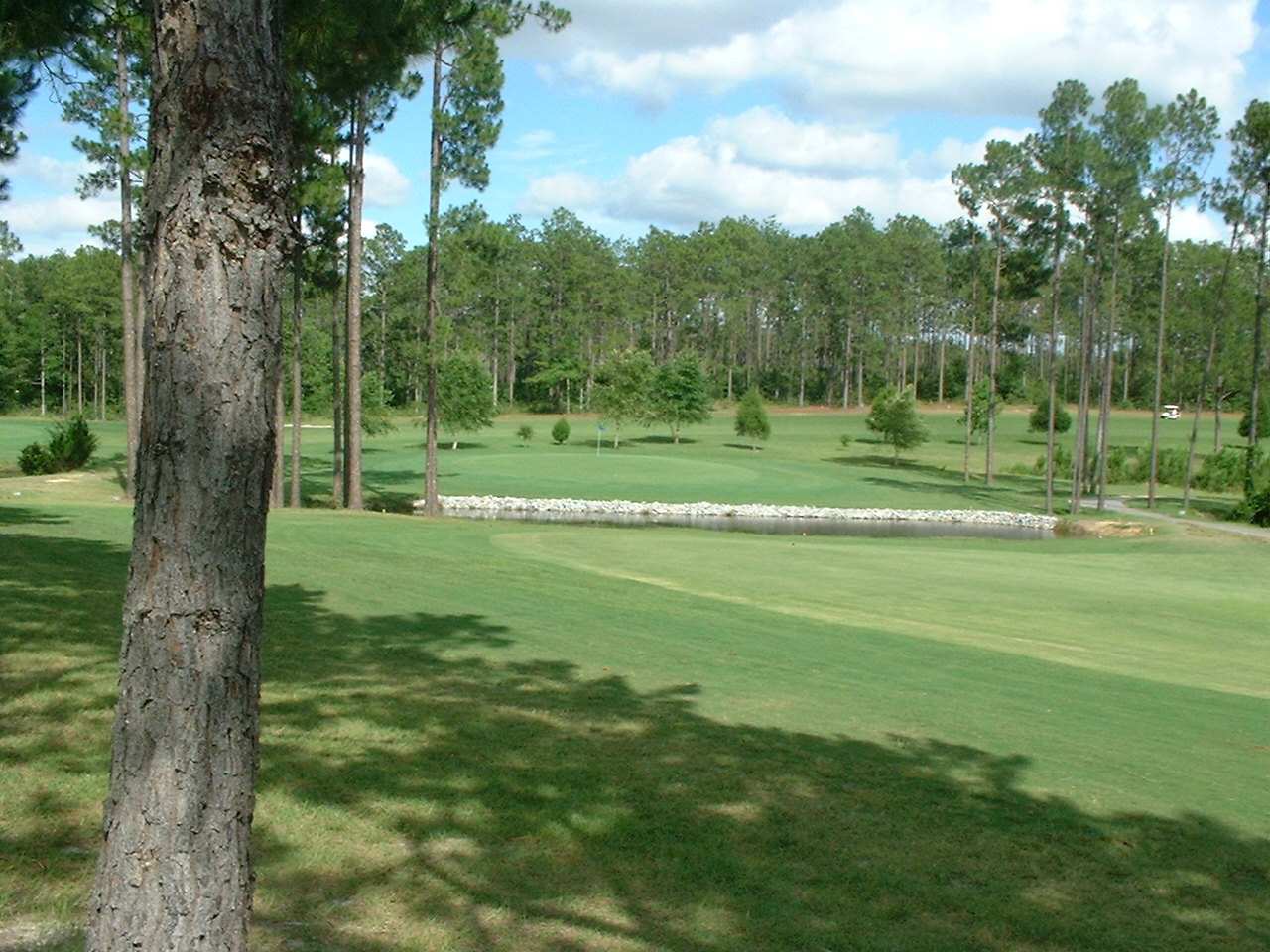
Foxwood Country Club (850-682-2012; foxwoodcc.com) in Crestview about 40 miles east of Pensacola is known as one of the best bargains in northwest Florida by local golfers. It boasts lush rolling fairways, interesting rough, landscaped ponds, and beautiful flowers. Water comes into play on 10 holes. Golf Card fee: 2 for 1.

NEW Heritage Isles Golf Course (813) 907-7447; heritageislesgolf.com) in Tampa is a challenging, manageable course for all levels. The landing areas off the tee are generous, but miss them and you'll likely end in the wetlands or water hazards. Water comes into play on almost every hole, but only if you are hitting the ball way off line. Perhaps the best part about Heritage Isles for Golf Card members if the price - greens fees are complimentary!

NEW Huntington Golf Course (800-895-8753; huntingtongolfclub.com) in Ocala is semi-private course known for its ultra smooth Bermuda greens. Tree-lined fairways and multiple elevation changes create a slightly unusual Florida layout. Golf Card fee: 2 for 1.
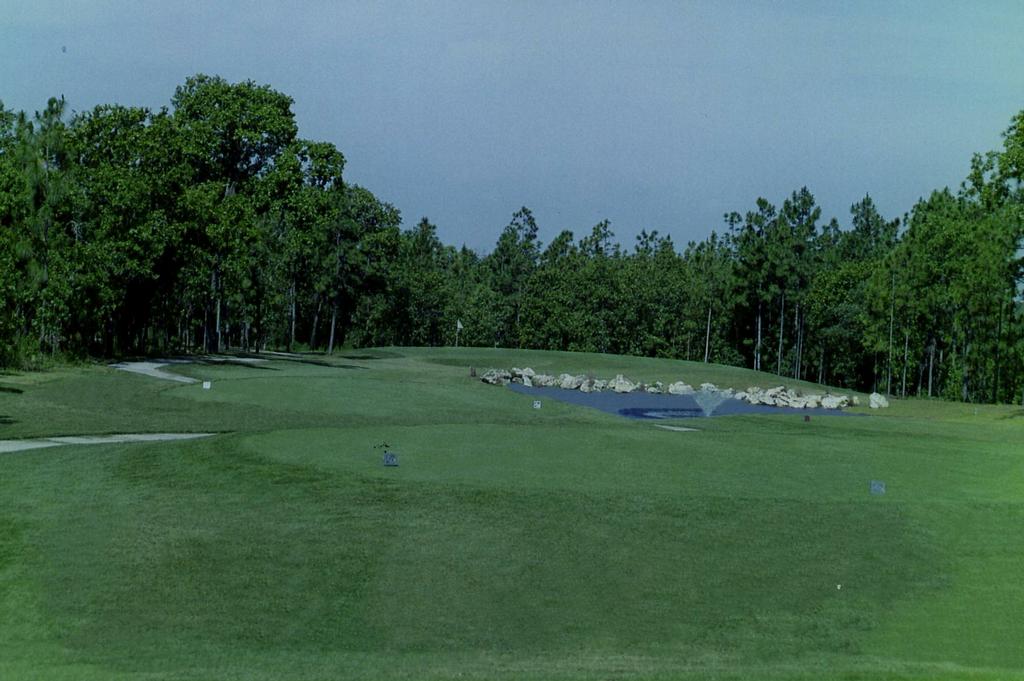
Lake Diamond Golf and Country Club (352-687-1000; lakediamond.com) in Ocala has tree-lined fairways, undulating greens, tall pines and low waste areas, a setting similar to what you would find on top courses in the Carolinas.
The ninth hole was recently ranked as one of the favorite holes in Ocala by Ocala Magazine. The back nine is Florida golf at it's best, with tight fairways through natural terrain and wrapped around beautiful, 43-acre Lake Diamond. Golf Card fee: 20% off.

The Links of Lake Bernadette(813-221-4653; linksoflakebernadette.com) is a semi-private golf club just north of Tampa recognized as the "best of East and Central Pasco County" three years running. Designed by Dean Refram and built in 1983, The Links of Lake Bernadette is a beautifully landscaped and mature course with rolling fairways, and towering pines. Golf Card fee: 25% off.
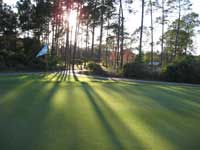
Live Oak Golf and Country Club (386-467-2512; golfliveoak.com) in South Putnam County is just a short drive from St. Augustine, Daytona Beach, Deland and Palatka.
The course opened in 1979 with nine holes and the back nine was added in 2000. The front nine is generous with wide fairways while the back nine tightens with more tree-lined holes. Golf Card fee: 50% off.
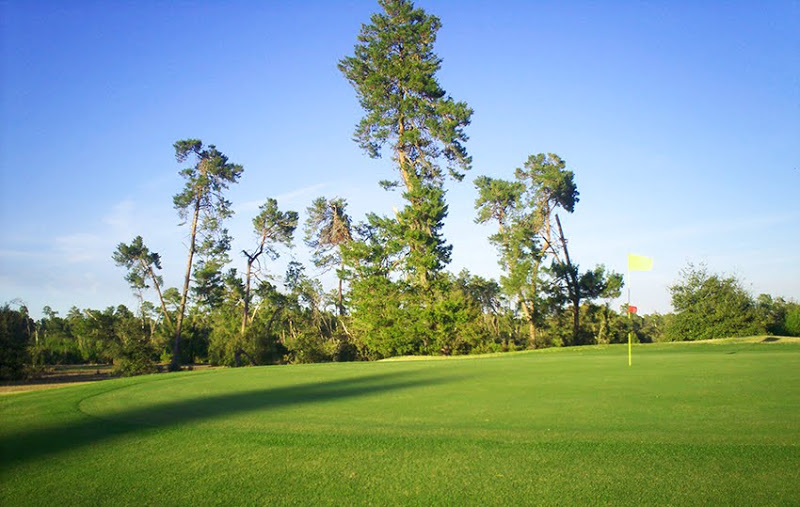
NEW Marion Oaks Country Club ((352) 347-1271; marionoakscountryclub.com) in Ocala is nestled in the woods and features rolling terrain, plush, tree-lined fairways and smooth, true greens. Golf Card fee: 2 for 1.

Ocala Palms Golf and Country Club (352-732-4653; ocalapalmsgolf.com) in Ocala meanders through one of Central Florida's premier golf community for adults. Magnificent oaks, sparkling ponds, breathtaking waterfalls, pearly-white sand bunkers and unpredictable retention areas protect the immaculately groomed fairways and greens. Golf Card fee: 25% off.
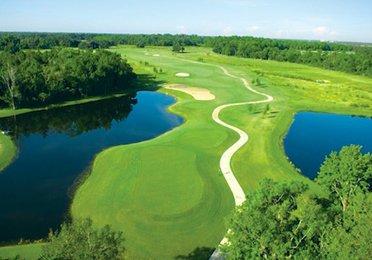
NEW Providence Golf Club (863-420-2652; providence-golf.com) in Davenport is destined to become a popular Central Florida golf destination. Designed by renowned architect Mike Dasher, Providence winds its way through fresh water creeks, ancient hardwoods and wetlands. It is not unusual to get a glimpse of otters, deer or a wild turkey during your round. Dasher's affection for European style golf courses is evident on Providence's unique, undulated greens. Just 20 minutes from Orlando's theme parks. Golf Card fee: 50% off.
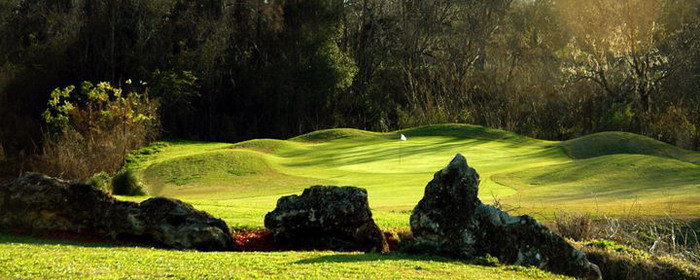
NEW The Quarry Golf Course (352) 848-0018; golfthequarry.com) in Brookville (outside of Tampa) is a historic, scenic nine-hole executive course featuring seven par 3 holes and two par 4's. With several holes offering spectacular views of deep rock quarries left behind from old mining companies, this is a nine-holer that never gets old. Golf Card fee: 25% off.
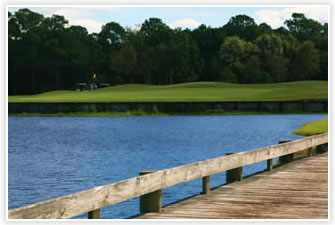
NEW In Destin, The Golf Course at Seascape Resort ((800) 874-9106; seascape-resort.com) winds through the Resort's lush forests and around its tranquil lakes. The course is situated among a series of freshwater and coastal dune lakes and features memorable views of the Gulf of Mexico from many holes. Fifteen of the eighteen holes have water features. Designed by famed course architect Joe Lee, Seascape dazzles the eye with its tall pines, shimmering waters and softly rolling hills. Golf Card fee: 25% off.
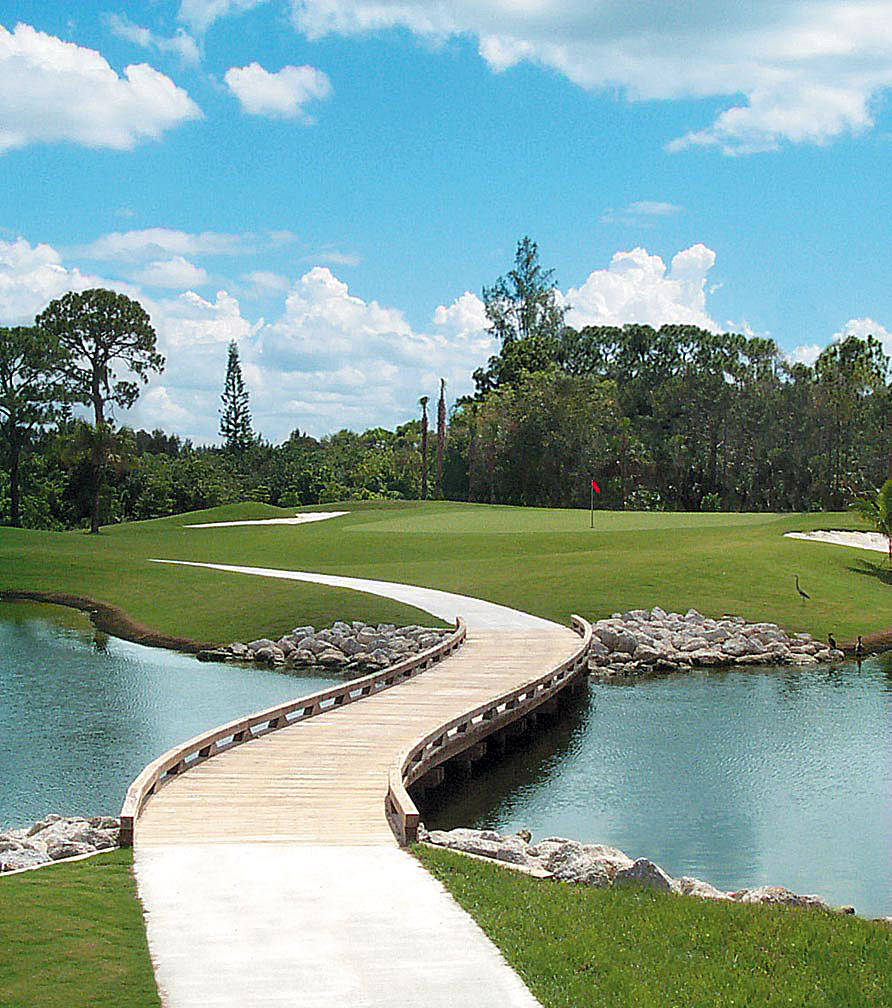
In Fort Myers, Shell Point Golf Club (239-433-9790; shellpointgolf.com) was designed by Gordon Lewis, architect of some of the finest golf courses in Florida, who weaved Shell Point around winding water hazards. Golf Card fee: 50% off.

Stonebrook Golf Course (850-994-7171; stonebrook-golf.com) in Milton offers elevation changes, uncommon for the Panhandle. $10 off.

Wildwood Golf Club's (850-926-4653; wildwoodresortfl.com) in Crawfordville, 20 miles south of Tallahassee utilizes the traditional Florida formula of mixing water and sand to provide golfers a picturesque and challenging layout. Golf Card fee: 25% off.
December Golf
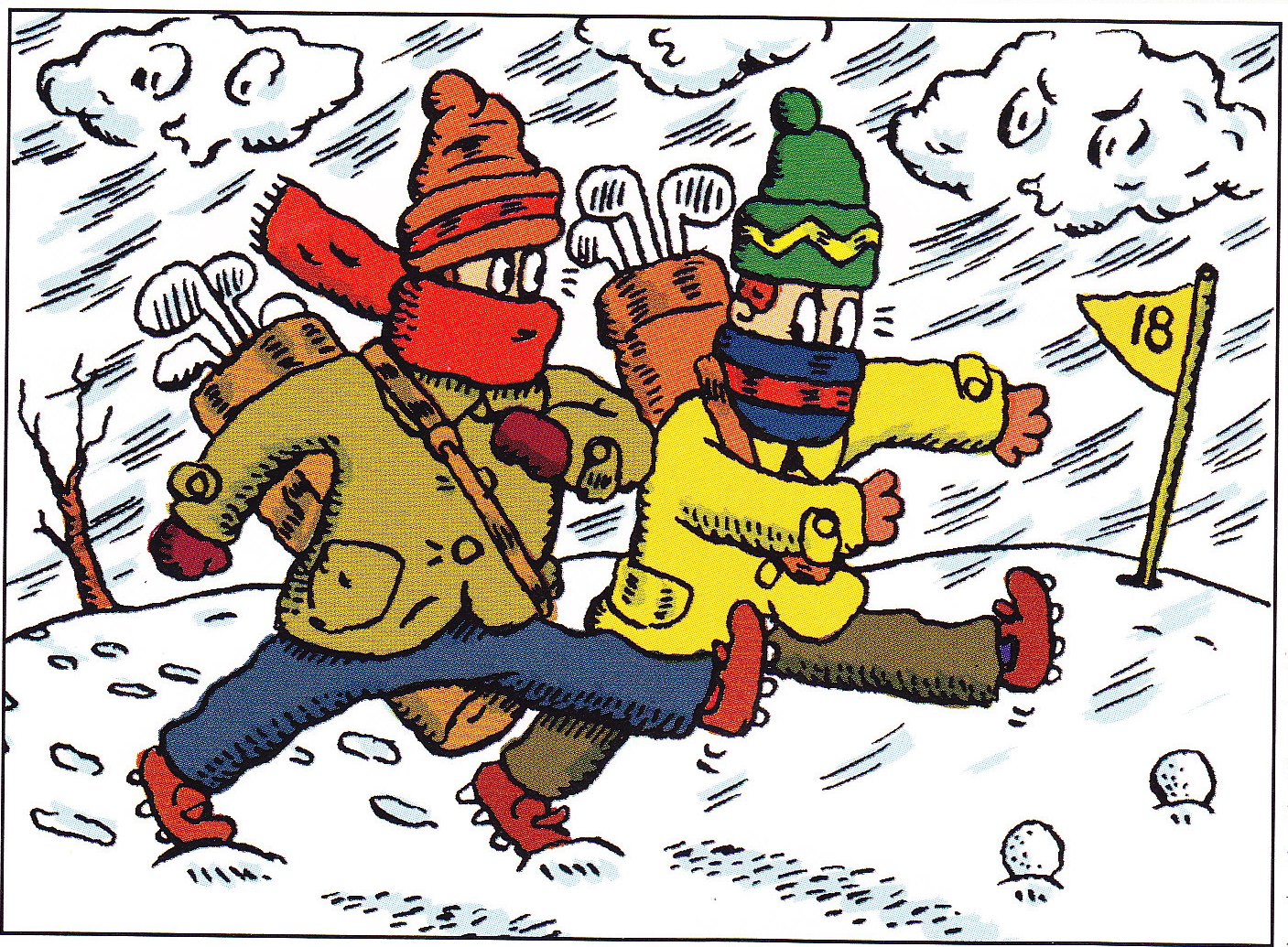
What the hearty will do for their precious round of golf, not the least being bundling up for a fleeting December round in the northeast. Writer John Updike identifies this indomitable spirit in his book Golf Dreams:
"The foursome, thinned perhaps to a mere threesome or twosome, meets by the boarded-up clubhouse, exhilarated to have an entire golf course to itself. Fairway upon fairway are visible through the naked trees, zigzagging back and forth in the view from the first tee. There are no tee markers, no starting times, no scorecards, no electric carts - just golf-mad men wearing wool hats and two sweaters each, moving on their feet. The season's handicap computer has been disconnected, so the sole spur to good play is rudimentary human competition - a simple best-ball Nassau or fifty-cent game of skins, its running tally carried in the head of the accountant or retired banker in the group. You seem to be, in December golf, re-inventing the game, in some rough realm predating its modern refinements...
...Something about December golf - the bulky clothes, perhaps, or the bare lies, or a fear that the chilly ball might shatter - cramps my swing. I have noticed. The shortening days impose a shorter backswing. I find myself trying to steer the ball, and the shots grow increasingly stunted and pulled, displeasing to myself and my partner. It is with a great effort of imagination - a long reach back into the airy warmth of summer - that I remind myself that golf is a game of letting go, of a motion that is big and free. Throw your hands at the hole, I tell myself, or, turn you dummy; and perhaps the shots do begin to click again, and climb in the air that fraction of a second extra, before settling to descend."
Ready to Roll
Here is a golf wager for a foursome called "Roll and Re-Roll." The game is similar to a standard hi-ball, lo-ball match (where a point is awarded to the player that wins a hole with the low score and another point is awarded to the better high score for the teams). The difference in Roll and Re-Roll is that based upon the results of the tee shots, teams have the option to double the wager for that hole.
The team that is ahead in points always hits first off the tee. If they hit errant tee shot(s), the other team can "roll" - which doubles the wager for that hole (two points for hi and two for low). The second team can roll only before they hot their own tee shots. If the second team rolls, the hole is now worth 2/2. The second team then hits from the tee. If the second team hits errant shot(s), the first team may "re-roll" - which doubles the wager again to four points for hi and four for lo. The first team must re-roll before the group leaves the tee box, and may only re-roll if the second team rolled.
This game tends to equalize two teams nicely. If your team is leading and hitting first, failure to hit two good shots gives an opportunity to the other team. Other interesting features are that you must roll and re-roll at the tee box - when it may not be clear what the results of the tee shots are (did Jack's ball really go in the water?) You also learn just how important (or unimportant) a tee shot can be to your hole score.
JUST SAYIN' - Ken Cohen
One of the ways a golfer fulfills his dream of playing on the PGA Tour is to go through an arduous three-stage process called Qualifying School. A certain number of players advance to the next stage based on their performance and ultimately the low 25 scores at the third stage graduate to the PGA Tour.
Blayne Barber played in the first stage at Callaway Gardens in Pine Mountain, Georgia last month and easily qualified for the second stage - six shots clear of the cutoff. During the second round on the 13th hole, Barber hit out of a bunker and thought he may have touched a leaf on his backswing - a two-stroke penalty. He wasn't sure so he asked his caddie who insisted the leaf was not touched. Still, Barber was not sure and so he penalized himself before turning in his card. The only problem is he only added one stroke to his score on the 13th hole, not two. Apparently, none of his playing partners who attested his score knew the penalty should have been two strokes.
Barber went on to play the next two rounds and finished six shots within the cut to advance to the second stage.
Six days after leaving Callaway Gardens, Barber was talking about the incident with an old college teammate who advised Barber that the penalty for touching a leaf in a bunker is two strokes not one stroke. That being the case, Barber's score in the second round should have been one stroke higher. No big deal - he still would move on to the second stage.
But golf is very stringent when it comes to turning in your scorecard. If you sign for a score that is actually lower than what you shot, the result is disqualification. Barber knew this. He could have not said anything and gone on his merry way to the second stage. But as he said, he would have never had another peaceful night's sleep.
Instead, Barber called the PGA Tour, told them that he signed an incorrect scorecard and essentially disqualified himself. He would not be allowed to play in the second stage and his dream of playing on the PGA Tour would have to wait at least a year. With Barber's score not counting, six players who originally missed the cut by one at Callaway Gardens now finished within the cutline and qualified for the second stage.
Barber's integrity can only be applauded. While potentially devastating to his future, he did what every golfer is obligated to do - apply the rules and protect the field. I can relate to Barber's experience because I went through a very similar situation many years ago, albeit on a smaller scale. Playing in a qualifier for the New York State Amateur, I was in the last group out on the course and it was getting late. The officials were rushing us to finish the 18th hole because they knew they had a playoff on their hands.
I quickly added my score, turned it in, and sure enough, I was in the playoff - six players for two spots. I proceeded to birdie the first hole of the playoff and secured one of the two spots. It was a weird feeling though - I was kind of happy, but something wasn't right.
As I was driving home and going through every hole, I realized that my score should have been one stroke higher, meaning that I should have not have been in the playoff. I got off the first exit, phoned the course and told them that I signed an incorrect score and needed to be disqualified. I didn't even think twice about not doing this - my score was wrong and needed to be corrected, otherwise another player was getting penalized. That's what golfers do.
Barber's situation is a little bothersome to me because it exposes one of golf's terrible rules. It's okay to sign a score that is higher than what you actually shot - that ends up being your score, but it's disqualification if you sign for a score lower than what you shot. The ultimate goal should be to get the correct score. If a mistake is made and realized, adjust the score accordingly and that's it. Disqualification simply does not justify the error.
Sleep well, Blayne.
RULES SCHOOL - Dropping in a pitch mark

Matt took relief from an embedded ball and his drop ended up in a deep pitch mark from another embedded ball, not his. Is he entitled to relief?
Unfortunately not. Rule 20-2c specifically states that a ball may re-dropped if it "rolls back into the pitch mark from which it was lifted."
MEMBER'S TEE - The lob shot
What's the key to hitting a lob or flop shot?Keith South
Madison, Wisconsin
Golf Card Instructional Staff
The concept behind the lob shot is to get the ball up fast and land softly. It is most commonly used when you have to hit over a bunker or have little green to work with on a shot just off the green. The key to the shot is to set your wedge flat on the ground like a pancake with a slightly open face (set to the right). However you need to adjust your setup position so the ball comes out straight.. To do this align your body and feet to the left of the target - much like a sand shot.
The actual swing is basically the same as a swing for a full shot, but much slower. Also, you don't have to take the club back on an outside path; it can come straight back and straight through.
When you take your swing for a lob shot, you want to take a full swing with a full follow-through and use as little legs as possible. The lob shot is basically an arm swing through the ball to a high finish.
The hardest part of the shot is to gauge the speed of the swing. You want to take a much slower swing than your regular swing. How slow depends on the distance of the shot. A 10-yard shot might require a swing at 30 percent speed; a 30-yard shot requires a swing at 80 percent. Finding the proper swing speed comes from repetition and practice.
The lob shot is a risk/reward shot. It requires timing and precision and shouldn't be used in every situation. Mishits with lob shots can advance a few feet or fly well over the green. But if you're comfortable with the shot, it can allow you to get a ball within three feet instead of 10 feet with a standard pitch and run. Again, experience and confidence level will help determine when you try the tough lob shot and risk missing the green or go with the safety of a pitch and run which will get you on the green, but at two-putt distance.
If you have a swing problem or other flaw with your game, e-mail us at memberstee@golfcard.com. Please include a brief description of what your tendencies are, what you want fixed and our Instructional Staff will consider your submission for response.
Questions? Call us 1-800-321-8269 or 1-850-398-6158
Mon-Fri 8AM-5PM